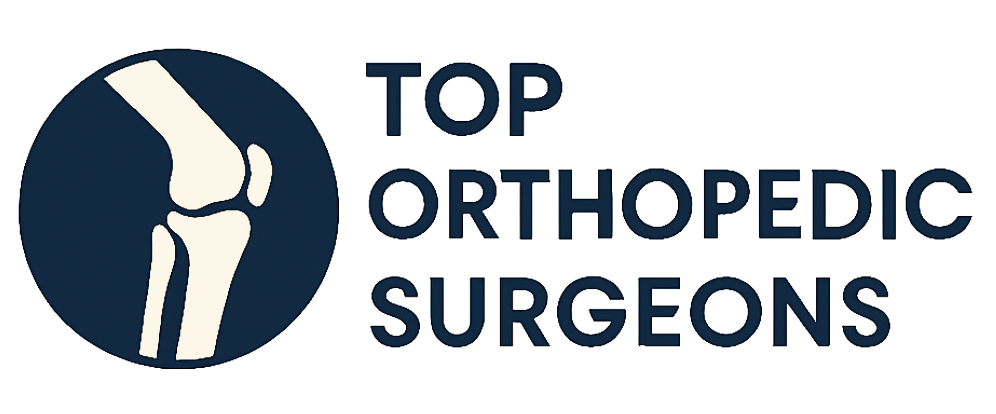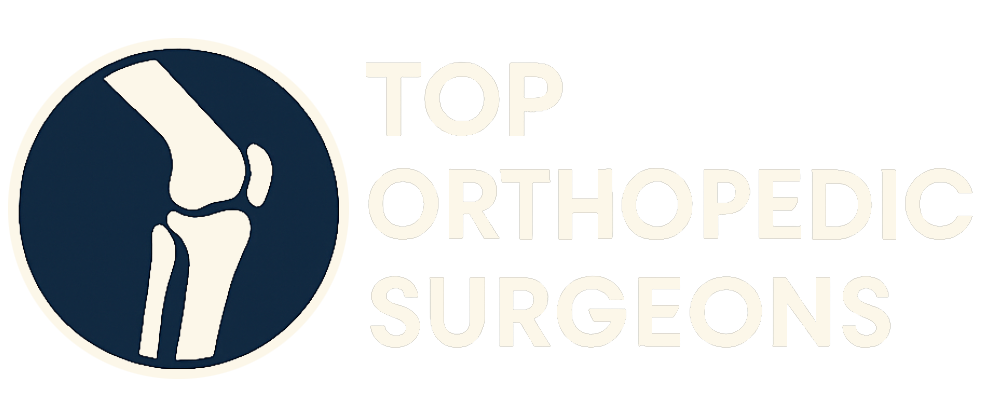
Your legs are essential for movement, support, and overall well-being. Understanding their complex anatomy, common conditions, and proper care is crucial for maintaining an active and healthy lifestyle. This guide provides a comprehensive overview of leg health, empowering you with the knowledge to make informed decisions about your care.
Anatomy of the Leg: A Foundation for Understanding
The leg is a complex structure composed of bones, muscles, ligaments, tendons, nerves, and blood vessels, all working together to enable movement and support. Understanding these components is key to appreciating the complexities of leg health.
Bones
- Femur (Thigh Bone): The longest and strongest bone in the body, the femur extends from the hip to the knee.
- Tibia (Shin Bone): The larger of the two lower leg bones, the tibia bears most of the weight.
- Fibula: The smaller bone alongside the tibia, providing stability and serving as an attachment point for muscles.
- Patella (Kneecap): A small, triangular bone that protects the knee joint.
- Tarsals, Metatarsals, and Phalanges (Foot Bones): These bones form the ankle, foot, and toes, enabling flexible movement and weight distribution.
Muscles
Numerous muscles control leg movement, categorized into groups based on their location and function:
- Thigh Muscles: The quadriceps (front of thigh) extend the knee, while the hamstrings (back of thigh) flex the knee.
- Lower Leg Muscles: Calf muscles (gastrocnemius and soleus) plantarflex the foot (point toes down), while other muscles dorsiflex the foot (point toes up) or control ankle and toe movement.
Ligaments and Tendons
- Ligaments: Strong, fibrous tissues that connect bones to each other, providing stability to joints. Key ligaments in the knee include the anterior cruciate ligament (ACL), posterior cruciate ligament (PCL), medial collateral ligament (MCL), and lateral collateral ligament (LCL).
- Tendons: Tough cords of tissue that connect muscles to bones, transmitting the force of muscle contractions to produce movement. The Achilles tendon, connecting the calf muscles to the heel bone, is the strongest tendon in the body.
Nerves and Blood Vessels
Nerves transmit signals between the brain and muscles, enabling movement and sensation. Major nerves in the leg include the sciatic nerve, femoral nerve, and tibial nerve.
Blood vessels supply the leg with oxygen and nutrients. The femoral artery is the main artery supplying blood to the thigh and lower leg. Veins return blood to the heart, with the deep veins playing a crucial role in preventing blood clots.
Common Leg Conditions: Understanding the Potential Issues
Various conditions can affect the legs, causing pain, discomfort, and limited mobility. Early diagnosis and treatment are essential for managing these issues effectively.
Injuries
- Sprains and Strains: Ligament sprains and muscle strains are common, often resulting from sudden twists, falls, or overuse.
- Fractures: Bone fractures can occur due to trauma, such as falls or car accidents. Stress fractures, small cracks in the bone, can develop from repetitive stress.
- Tendonitis: Inflammation of tendons, such as Achilles tendonitis, can cause pain and stiffness.
- Meniscus Tears: Tears in the cartilage of the knee (meniscus) can occur from twisting injuries.
Arthritis
- Osteoarthritis: Degeneration of joint cartilage, often affecting the knees and hips, leading to pain, stiffness, and decreased range of motion.
- Rheumatoid Arthritis: An autoimmune disease that causes inflammation of the joints, potentially affecting the legs.
Circulatory Problems
- Peripheral Artery Disease (PAD): Narrowing of the arteries in the legs, reducing blood flow and causing pain, numbness, and cramping, especially during exercise (claudication).
- Varicose Veins: Enlarged, twisted veins that can cause aching, swelling, and fatigue in the legs.
- Deep Vein Thrombosis (DVT): A blood clot that forms in a deep vein, usually in the leg, which can be life-threatening if it travels to the lungs (pulmonary embolism).
Nerve Problems
- Sciatica: Pain that radiates along the sciatic nerve, from the lower back down the leg, often caused by a herniated disc or spinal stenosis.
- Peripheral Neuropathy: Nerve damage that can cause numbness, tingling, pain, and weakness in the legs and feet, often associated with diabetes.
Other Conditions
- Restless Legs Syndrome (RLS): A neurological disorder that causes an irresistible urge to move the legs, often accompanied by uncomfortable sensations.
- Leg Cramps: Sudden, involuntary muscle contractions that can cause intense pain, often occurring at night.
Maintaining Leg Health: Proactive Steps for Well-being
Adopting healthy habits and taking proactive steps can significantly contribute to leg health and prevent many common problems.
Regular Exercise
- Strengthening Exercises: Exercises like squats, lunges, calf raises, and hamstring curls strengthen leg muscles, providing support and stability.
- Flexibility Exercises: Stretching improves range of motion and reduces the risk of muscle strains. Focus on stretching the quadriceps, hamstrings, and calf muscles.
- Cardiovascular Exercise: Activities like walking, running, swimming, and cycling improve circulation and overall fitness.
Proper Nutrition
- Calcium and Vitamin D: Essential for bone health. Consume dairy products, leafy greens, and fortified foods, and consider vitamin D supplementation.
- Protein: Important for muscle repair and growth. Include lean meats, poultry, fish, beans, and nuts in your diet.
- Anti-Inflammatory Foods: Foods like fruits, vegetables, whole grains, and omega-3 fatty acids can help reduce inflammation.
Weight Management
Maintaining a healthy weight reduces stress on the legs, especially the knees and ankles, minimizing the risk of osteoarthritis and other weight-related problems.
Proper Footwear
Wearing supportive shoes with good arch support and cushioning can prevent foot and leg pain, especially during exercise. Avoid high heels and ill-fitting shoes.
Stretching and Warm-Up
Always stretch and warm up before exercise to prepare the muscles and reduce the risk of injury. Cool down after exercise to prevent muscle soreness.
Hydration
Staying hydrated is crucial for muscle function and preventing cramps. Drink plenty of water throughout the day.
Regular Check-ups
Regular medical check-ups can help identify and address potential leg problems early. Consult a healthcare professional if you experience persistent leg pain, swelling, numbness, or other concerning symptoms.
Addressing Leg Pain: When to Seek Professional Help
While many leg problems can be managed with self-care measures, certain symptoms warrant professional medical attention.
When to See a Doctor
- Severe Pain: Intense pain that doesn’t improve with rest and over-the-counter pain relievers.
- Sudden Swelling: Rapid swelling in one or both legs, especially if accompanied by pain or warmth.
- Numbness or Tingling: Loss of sensation or pins and needles in the legs or feet.
- Weakness: Difficulty moving or bearing weight on the legs.
- Skin Changes: Redness, warmth, or discoloration of the skin on the legs.
- Open Wounds: Sores or wounds that don’t heal properly.
- Fever: Leg pain accompanied by fever, chills, or other signs of infection.
Diagnostic Tests
A healthcare professional may recommend various diagnostic tests to determine the cause of leg pain:
- X-rays: To visualize bones and detect fractures or arthritis.
- MRI: To examine soft tissues, such as ligaments, tendons, and muscles.
- CT Scan: To provide detailed images of bones and soft tissues.
- Ultrasound: To assess blood flow and identify blood clots or varicose veins.
- Nerve Conduction Studies: To evaluate nerve function.
Treatment Options
Treatment options for leg problems vary depending on the underlying cause:
- Rest, Ice, Compression, and Elevation (RICE): A common treatment for minor injuries.
- Pain Relievers: Over-the-counter or prescription pain medications to manage pain and inflammation.
- Physical Therapy: Exercises and stretches to improve strength, flexibility, and range of motion.
- Injections: Corticosteroid injections to reduce inflammation and pain in joints or tendons.
- Surgery: May be necessary for severe injuries, arthritis, or other conditions that don’t respond to conservative treatments.
Empowering Yourself Through Knowledge
Understanding the anatomy, common conditions, and care strategies related to your legs is the first step toward a healthier, more active life. By prioritizing regular exercise, proper nutrition, and proactive care, you can protect your legs and maintain your mobility for years to come. Remember, consulting with a healthcare professional is crucial for accurate diagnosis and personalized treatment plans when experiencing persistent leg pain or concerning symptoms.
Taking charge of your leg health empowers you to live a full and active life. Don’t hesitate to seek professional guidance when needed, and prioritize preventive measures to keep your legs strong and healthy.


